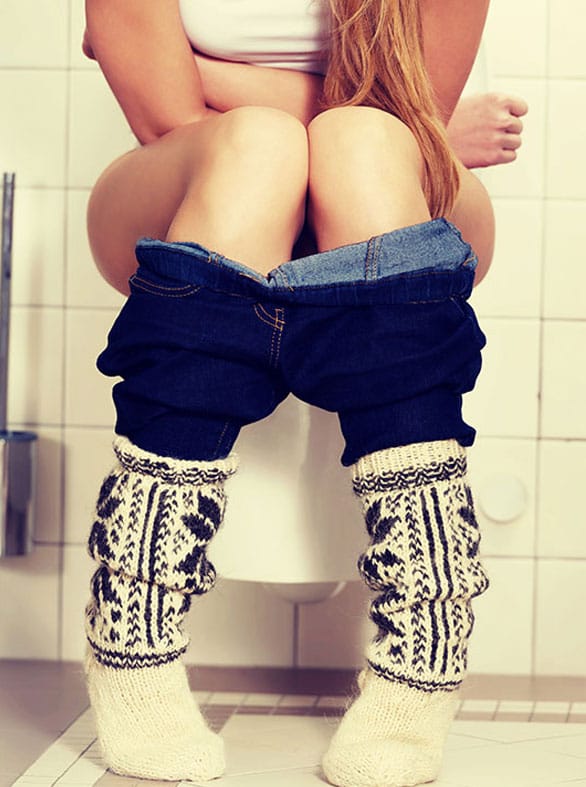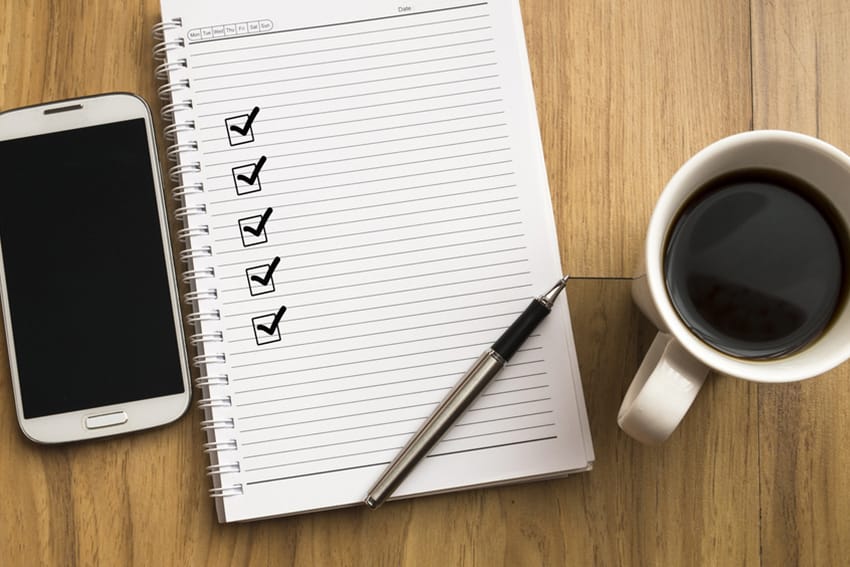Cookies Policy
Introduction
This Cookies Policy (the “Policy“ ) explains how Astellas
(hereinafter “Astellas”, “we”, “our” or “us” ) uses
cookies and similar technologies to recognize you when you visit our website and its
sub-domains (the “Website” ). It explains what these technologies are
and why we use them, as well as your rights to control our use of them. Full details about
the identity and contact details of the controller of the Website is provided in its Terms of Use.
What are cookies?
Cookies are small data files that are placed on your computer or mobile device when you visit
a website. Cookies are widely used by website owners in order to make their websites work, or
to work more efficiently, as well as to provide reporting information.
What type of cookies do we use and why?
We use limited cookies for the purposes mentioned in our cookie management solution that you can
access clicking on the red cookie icon
Some cookies are required for technical reasons in order for our Website to operate, and we refer to
those as “strictly necessary” cookies. These make our site work and cannot be deactivated.
Other cookies and similar technologies are optional help us understand how our website is being used;
allow us to enable additional functionalities aimed to enhance your user experience; to customise our
content to you, including content published and / or and enable us to track and target the interests of
our users and the performance of our ad campaigns.
Third parties such as social media platforms or other online marketing and/or advertising partners may
serve cookies and other similar technology such as web beacons and pixels through our Website for analytics,
marketing, personalization of advertisements and targeting purposes, as well as to allow you to share our
content from our Website with friends and network in social media platforms where you use. Those optional
targeting cookies and similar technologies will be used by those third parties according to the applicable
product terms to build a profile of your interests and show you relevant advertisements on other sites that
you visit. Those targeting cookies and other similar technologies will also allow us to measure the effectiveness
of our advertising content in our advertising spaces by understanding the number of displays for each content,
the number of users who clicked on each item of content and what further actions they carried out. Even though
those cookies do not store directly personal information about you, they can uniquely identify your browser and
internet device to display personalized ads and content on websites and other applications you visit. If you do
not allow these cookies, you will experience less targeted advertising and you may not be able to use some
functionalities of our Website, such as the social media plugins.
In such cases, those third parties may have the role of joint data controller with Astellas for those specific
targeting purposes, which means that Astellas and those third parties will jointly determine the key elements of
the relevant data processing activities. More details about the identify of those joint controllers is available
in the table below that also provides links to the relevant joint controllership agreements that govern the division
of roles between Astellas and those partners:
Please note that those third parties are responsible for enabling data subjects' rights with regard to the personal
data stored by them after the joint processing. Those third parties are solely responsible for any use and handling
of your personal information for other purposes beyond the above mentioned ones regarding the joint use of targeting
cookies with your prior explicit consent.
The specific types of cookies, pixels and similar technology served through our Website and the purposes they perform
are described in the Cookies Preference Center of our cookie management solution that you can access by clicking the
relevant link in our Website.
We use optional cookies pixels and similar technology only if you give us your prior explicit consent in our
cookie management solution. You can withdraw your consent at any time simply by visiting the preference center
in our cookie management solution (please see next section). For strictly necessary cookies, which cannot be deactivated
because they are essential for our Website to operate, we rely on our legitimate interest to operate a functionally secure Website.
How can you control cookies?
You have the right to decide whether to accept or reject some or all of the cookies pixels and similar technology that are not
strictly necessary. You can change your cookie preferences and withdraw your prior consent at any time by using our cookie management
solution that you can access by clicking the relevant link (typically available at the footer of our website) or by clicking on the
red cookie icon
You can also set or amend your web browser controls to accept or refuse cookies. If you choose to reject strictly necessary cookies
on our website using your browser settings, you may still be able to use our website though your access to some functionalities and
areas of our website may be restricted. As the means by which you can refuse cookies through your web browser controls vary from
browser-to-browser, you should visit your browser's help menu for more information.
In addition, most advertising networks offer you a way to opt out of targeted advertising. If you would like to find out more information,
please visit
http://www.aboutads.info/choices/
or
http://www.youronlinechoices.com.
How long do we retain Cookies?
The lifespan of each cookie on our Website is defined in the preference center in our cookie management solution.
International data transfers
Information recorded in cookies pixels or similar technology may be accessed from transferred to, and processed in, countries other than the country
in which you are resident. In particular, Astellas maintains datacenters and servers around the world, including Japan and the United States which
are supported by technical staff located in various countries. Also, our group companies and third-party service providers and partners operate
around the world. This means that when our websites use cookies, we may process those in any of these countries, which may have data protection
laws that are different to the laws of your country (and, in some cases, may not be as protective).
We have taken appropriate safeguards to require that your Personal Information will remain protected in accordance with this Policy. These include
implementing Standard Contractual Clauses for transfers of personal data between our group companies, which require all group companies to protect
personal data they process in accordance with applicable data protection laws. We implement similar appropriate contractual safeguards with our
third-party service providers and partners.
Further details can be provided upon request by contacting our Data Protection Officer using the contact details provided under the “How to contact us” heading below.
How often will we update this Cookie Policy?
We may update this Cookie Policy from time to time to reflect, for example, changes to the cookies we use or for other operational, legal or regulatory
reasons. Please therefore re-visit this Cookie Policy regularly to stay informed about our use of cookies and related technologies.
How to contact us & exercise your data protection rights
If you want to exercise any of your data protection rights (such as to access, delete, rectify/correct or update your data or to object or restrict the
processing or request portability, where applicable), please use this
link .
Astellas responds to requests from individuals wishing to exercise their data protection rights according to the applicable laws. You can find more details in the relevant
Privacy Notice that is placed in our Website which must be read in conjunction with this Cookies Policy.
If you have any questions or concerns about our use of your personal data, you can always contact Astellas Data Protection Officer using the following
details: privacy@astellas.com . You may have the right to complain to a data protection authority about our collection and use of cookies. For more information,
please contact your local data protection authority in your country of residency.
This Cookie Policy was last updated in July 2023.






 >
>
